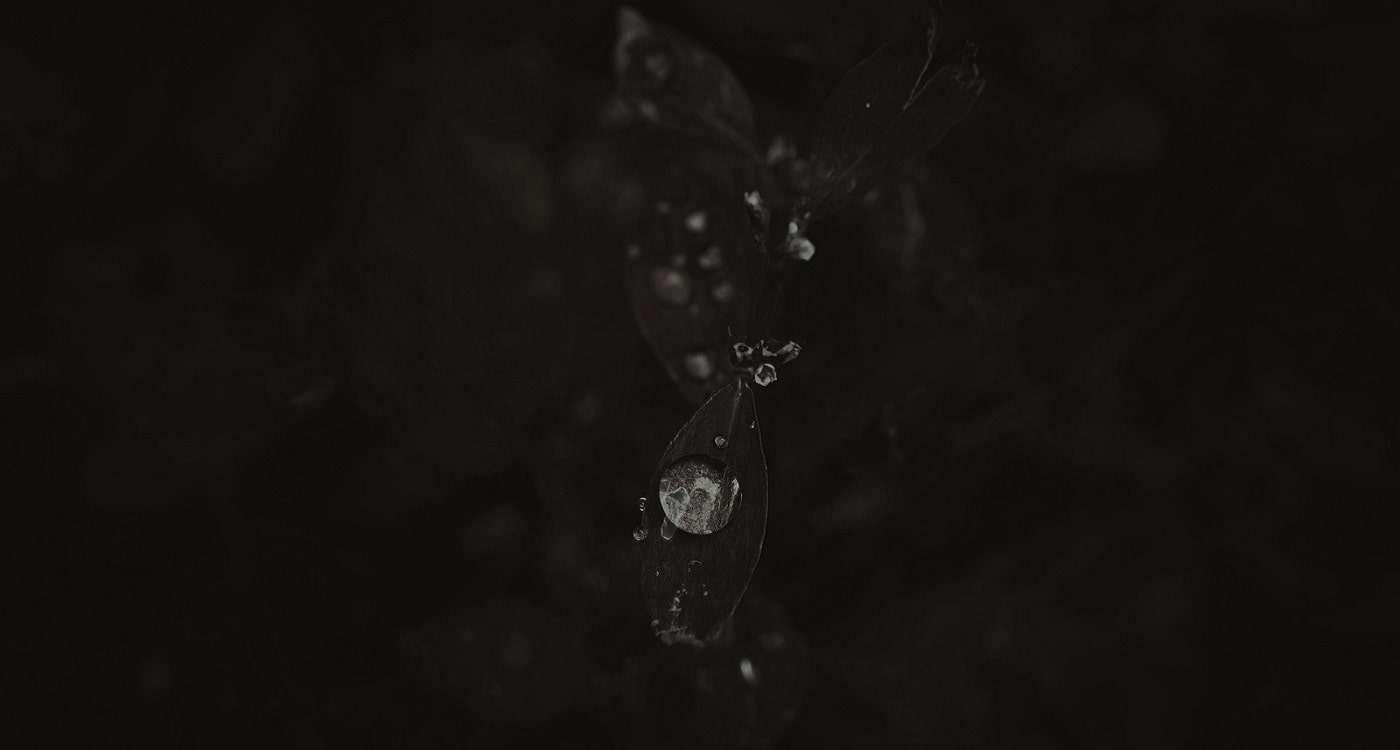Sīna Aqāye
Long before the end of the Silent Age, a group of nomadic hunter-gatherers traversed the diverse landscape after prey. One of them sighted a great herd of tuehma, a beast previously unknown to them. The herd led them inland to the Koyau Plains, a region the tribe came to call home.
Throughout the Silent Age the Aqāye followed tuehma herds across the vast, open fields. They slept, ate and drank wherever the horned beasts did, learning and adapting to the beasts' ways. Later on they began to herd and tame the animals themselves as well, irrevocably changing their lifestyle away from the hunting and gathering lifestyle their ancestors relied on.
Clans & Kinship
At their largest, Aqāye clans consisted of three generations of people, with grandparents, parents and children all working and living together in temporary tents and campsites. Women would choose their husbands and invite them into the clan, while the men were expected to find a new clan with a wife who would accept them. This was one of many traditions they picked up from the tuehma they herded.
Every child was the child of the entire clan, not only the parents from whom they were born. Similarly, the children treated every adult as their parent, and every elder as their grandparent. Authority was strictly given to the oldest of a clan—usually the oldest generation formed a kind of council among themselves. It was their knowledge, experience and wisdom which the rest of the clan relied on to survive.
Dye & Clothing
The Aqāye developed an extensive array of ways to dye their clothing, as well as themselves and their tuehma. This became a way to express themselves as individuals, but also something to do as a creative outlet. Some would develop patterns and symbols to use as their own signature of sorts, and paint the fur of their tuehma to mark the animal as their own.
Tuehma Bond
All Aqāye children learned—among many other things—how to ride a tuehma during their childhood. This culminated to them choosing their own tuehma mount as a lifetime companion from the young as they came of age and considered an adult. Whichever of the young beasts they chose, they would then become their sole provider for food, water and health, as well as being the only adult rider to ever be allowed on the tuehma's back.
People of the Great Plains


Comments